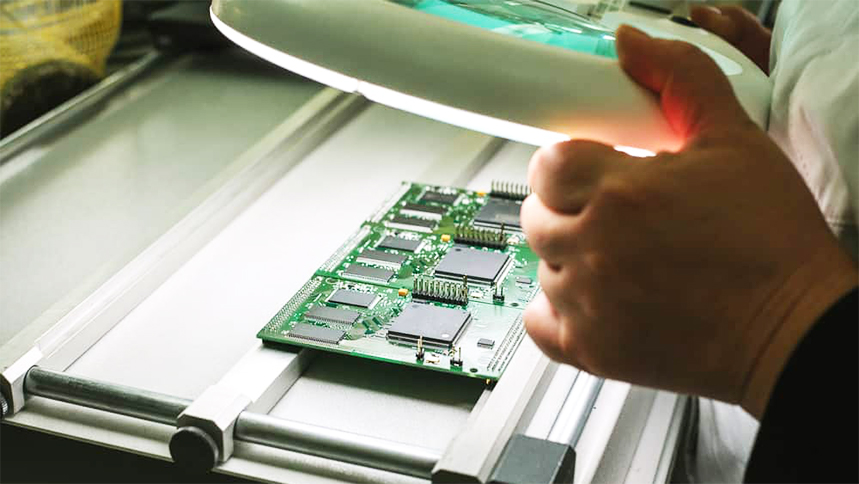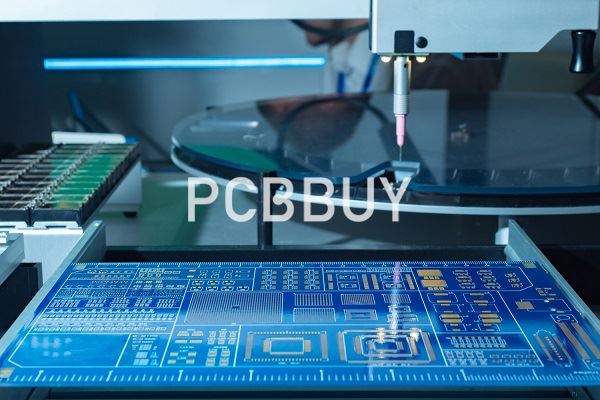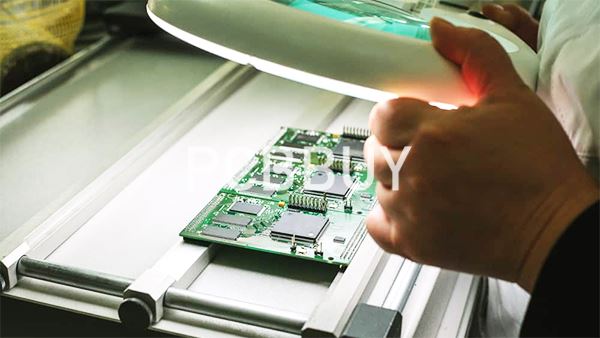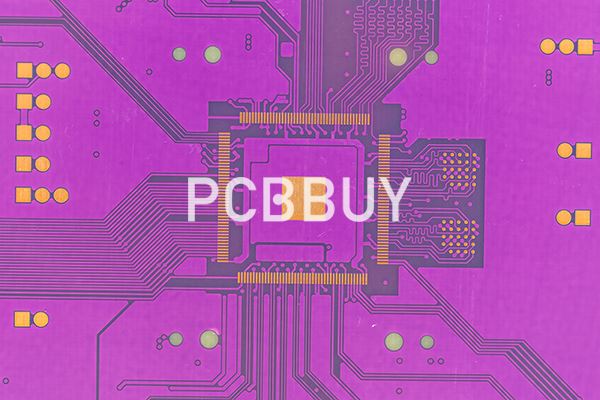PCB DFM Guidelines
By:PCBBUY 08/19/2021 17:23

Design for manufacturing (DFM) is the practice of optimizing the engineering workflow of producing an electronic device. With this much competition, it isn’t only the latest and greatest designs that will win the day, it is also which circuit boards can be built quickly, efficiently, and for the lowest manufacturing costs. To achieve that goal requires that today’s PCB engineers be well versed in design for manufacturing, or DFM, techniques and methods.
In this article, we will analyze the DFM in PCB manufacturing process. Please check and read the content we prepare to learn more professional knowledge about it.

Why DFM in PCB is important?
In order to avoid all of these problems, PCB designers need to incorporate good DFM practices during their initial circuit board design. This will reduce the need for changes later on, and preserve the layout of sensitive circuitry that is fine-tuned for performance in the prototype. The first step in understanding DFM in circuit board design is to be aware of the manufacturing problems that can happen without them.
When a prototype circuit board is first being developed, the focus is usually on the functionality rather than the buildability of the board. As such the component placement on the board may not be optimized for assembly, which may result in higher assembly costs. Even during limited production runs for prototyping, a lot of manufacturing costs can be saved by designing the board for automated manufacturing.
These problems are magnified however when the board is ready to be moved into its production phase. Components that are not optimized for manufacturing will have to be re-positioned to avoid the necessity of manual assembly. Another problem is with components that weren’t selected for long-term production. If their price is too high or their availability is limited, the board will encounter additional manufacturing problems.
What are the factors of DFM in PCB?
If a PCB is performing appropriately and the design engineer is also satisfied with it. Then why DFM checks for it? There are various reasons: cost of final PCB, design layout, and chances of future design failure.

· Theoretically, in cost terms, PCB designs submitted without DFM checks are less expensive than the designs with DFM checks. But it is better to pay a little extra so that the manufacturer could ensure whether the design is manufacturable or not.
· To sustain a PCB layout with DFM issues, CAM engineers edit the data to meet the design requirements. This is one primary reason that introduces signal integrity issues and EMI/EMC issues.
· PCBs assembled and tested efficiently, still fail. The main reason is that the design data still contained the DFM errors that were resolved in the prototype but were not implemented during the production.
What are the guidelines of DFM in PCB?
To get the best results in a prototype build, you need to choose a CM that is fully versed in and ready to help you with DFM requirements. Not all CMs are set up for it, and in the case of CMs, they might not have the capabilities to support any DFM engineering at all. For success, make sure to work with a CM that:

· Completely understands all DFM requirements and will work with you during the design phase to help you incorporate those requirements.
· Has the engineering staff and facilities to review your design, recommend DFM changes, and even make those changes, if that is in your best interest.
· Has the manufacturing proficiency to work with prototype designs that have DFM problems in them to get your product built correctly and returned to you quickly.
· Select the right manufacturer and involve them up front: Different manufacturers can have strengths and weaknesses just as any business can. Ensure that you have selected the best manufacturer for building your PCB. Once you have made that choice, it is important to also involve them as early as possible with your design. This way you can design your PCB to their DFM rules, instead of making changes later.
· Consider the board form factor: The more complex your board shape is, the more involved it will be for the fab vendor to work with. This also includes cutouts and slots in the board. By keeping the board shape as rectangular as possible, you will save money on your fabrication costs.
· Keep the components as uniform as possible: A PCB that has many different-sized components on it will slow down the manufacturing process. Each different component size requires different setups for the assembly line, so reduce these to reduce manufacturing time and expense.
How to use PCB DFM Guidelines?
Despite how important PCB DFM guidelines are, there are no generic guidelines that apply to every single type of PCB design. This means that designers must often use their best judgment concerning which guidelines to follow.
Most of the time, however, designers don’t have to guess, since there are some guidelines that work well for most PCB types. For example, a designer can be confident that a PCB with copper traces should be checked for disconnected traces and trace violations, regardless of that PCB’s application. On the other hand, high-speed digital PCBs have DFM guidelines that don’t apply to other PCB types. If a PCB manufacturer recommends following certain DFM guidelines, designers should be ready to perform those checks.
Industry Category











